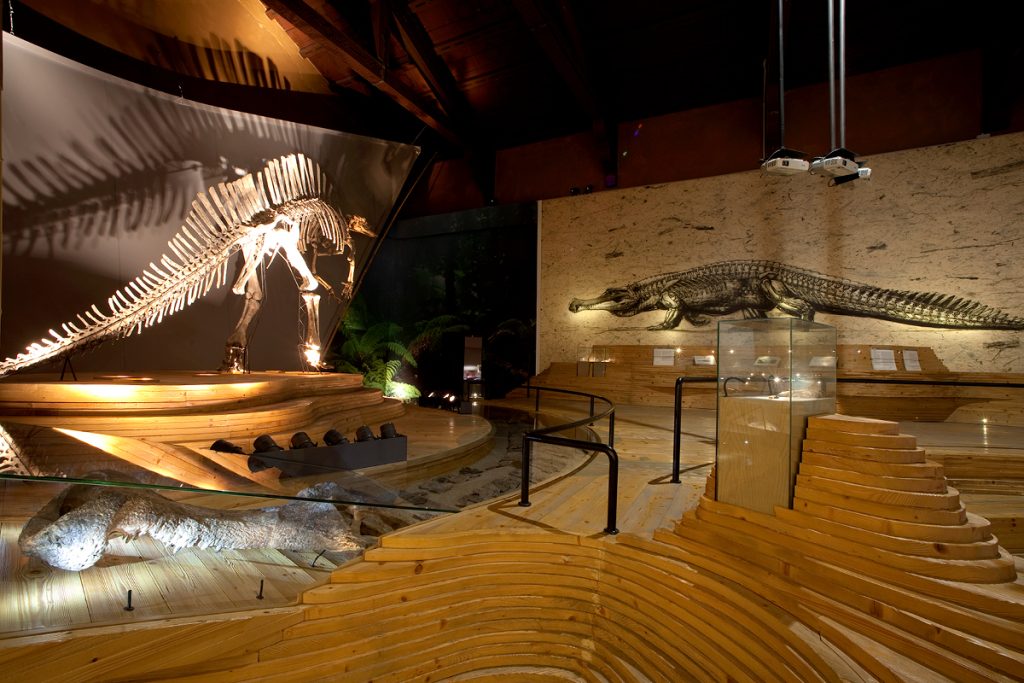
It was the year 1923, a city institution famous throughout the world was born.
The Museum welcomes visitors with a fascinating, interesting staging. It all starts with the skeletons of a blue whale and a sperm whale hanging from the ceiling in the large entry hall. Further on, you’ll get to the Aquarium, a reconstruction of the environment and biodiversity of the underwater rocky formations off the Venetian coast, called locally tegnúe. The three main sections of the museum find their space at the second floor. Tracce della vita (lit. ‘traces of life’, the first section) is dedicated to fossils and palaeontology. Here, the most prominent piece is the skeleton of a Ouranosaurus nigeriensis specimen, a dinosaur discovered in 1973 by Giancarlo Ligabue’s expedition in eastern Niger. The second section, Raccogliere per stupire (‘pick it up, and marvel’) shows the evolution of natural science collections and of science museums: halls packed with ethnological findings and anatomic specimens.
At the centre of the section is the exhibit of findings from an Upper Nile expedition headed by Giovanni Miani in 1859; this includes a gilded-faced female mummy. The third section, Le strategie della vita (‘The strategies of life’) uses high-tech lights, sounds, and interactivity to show the diversity of living beings, and the complexity of their adaptation and specialization. The Museum will celebrate its first hundred years together with its most devoted audience: children, schools, and families, as well as enthusiast and curious public. There will be workshops for families, educational activities, extended opening hours, treasure hunts, and conferences with scientists. May 13 will be a special celebration day that will see the participation of clubs and schools that have been working with the museums for years. The face of the campaign is the 3D model of an eight-foot crab that will show up on the façade of the Museum overlooking the Grand Canal. Find out more about this scientifically fantastic world by following the dinosaur’s footsteps right out of the train station..